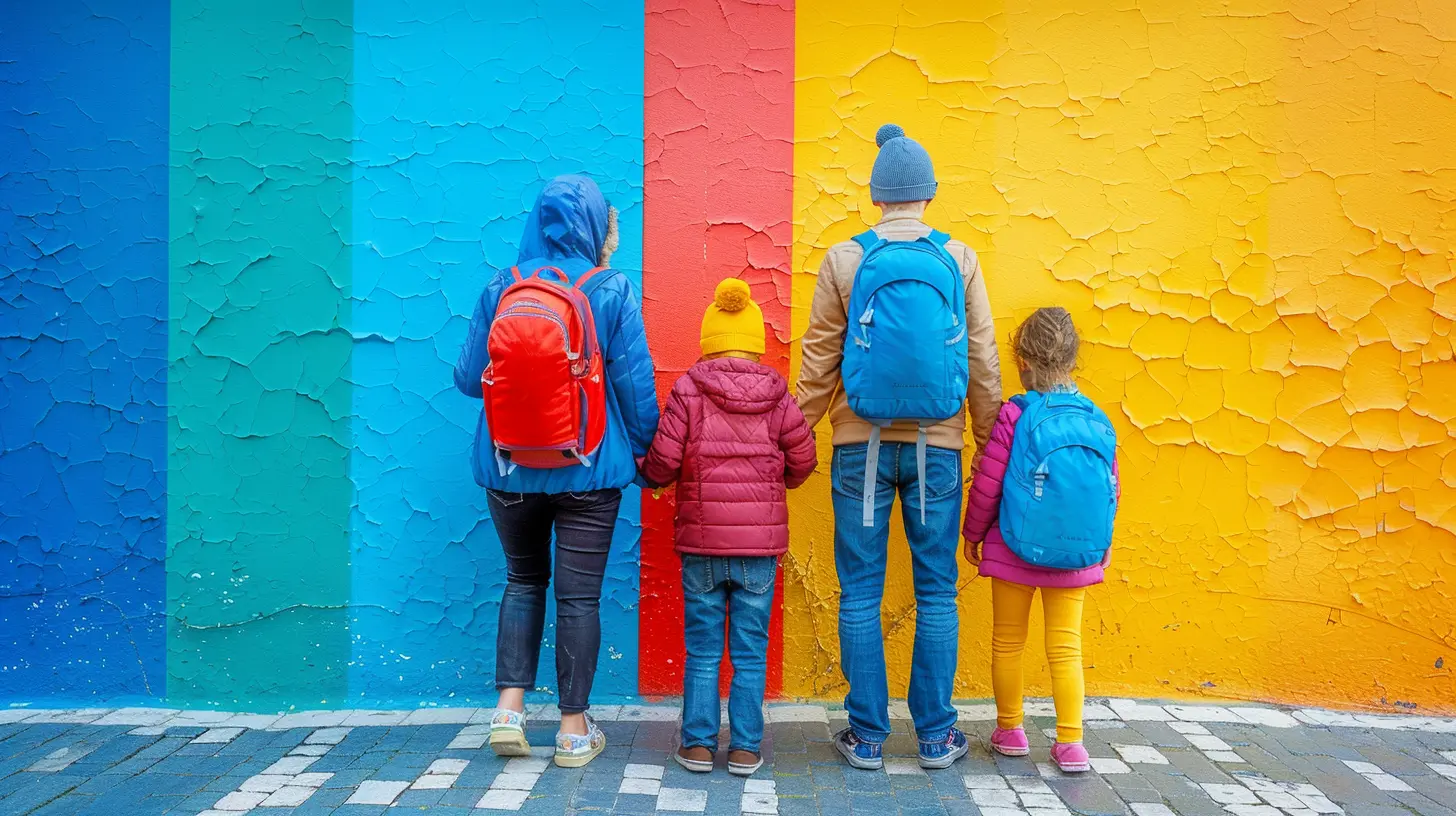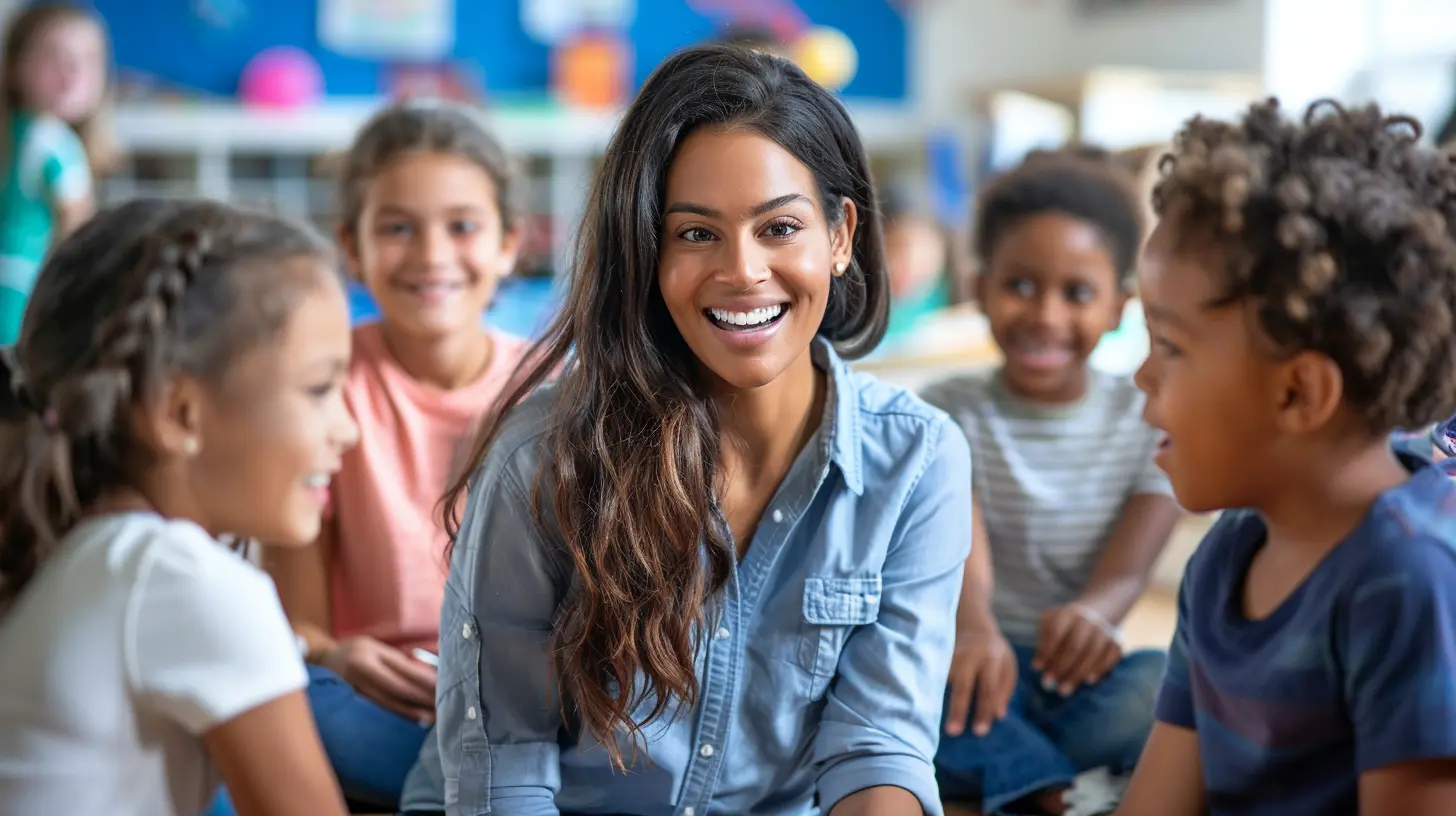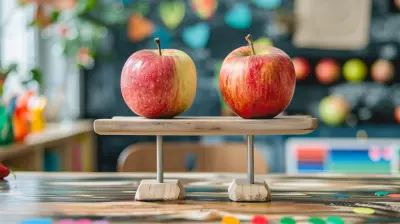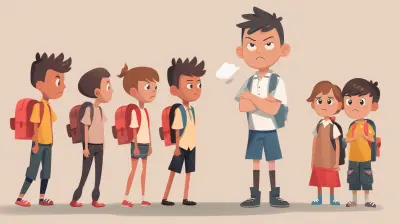Effective Communication Between Special Education Teachers and Families
8 April 2025
Introduction
Communication is the heart of any successful relationship, and when it comes to special education, it’s absolutely critical. Special education teachers and families must work together to ensure children with unique learning needs thrive academically, socially, and emotionally. But let’s be real—bridging the gap between school and home isn’t always easy. Misunderstandings happen, schedules get hectic, and sometimes, it feels like you’re speaking different languages.
So, how can we make sure that communication is strong, clear, and effective? In this article, we’ll dive into key strategies that help special education teachers and families build solid communication that benefits the child above all else. 
Why Communication Between Special Education Teachers and Families Matters
Let’s face it—when communication is weak, students suffer. Special education students rely on consistency, structure, and a strong support system to navigate their unique challenges. If teachers and families aren’t on the same page, gaps can form in their learning experience.Good communication ensures:
- Consistency between home and school – When parents and teachers share strategies, students get the same support in both environments.
- Early intervention for problems – Spotting academic or behavioral issues early prevents them from escalating.
- Stronger emotional support – Kids feel more secure when they know their parents and teachers are working together.
- Increased trust – Open communication builds a strong partnership where both sides feel valued.
Without clear communication, misunderstandings can lead to frustration for both families and educators. That’s why prioritizing effective communication isn’t just beneficial—it’s essential. 
Common Communication Barriers
Before diving into solutions, let’s address the roadblocks. What makes communication between special education teachers and families tricky?1. Lack of Time
Teachers juggle lesson plans, IEP meetings, grading, and classroom management, while parents balance jobs, home responsibilities, and caregiving. Finding time to connect can be tough.2. Jargon Overload
Educators often use professional terminology like "IEP accommodations" or "functional behavior assessments," which can overwhelm families unfamiliar with the lingo.3. Emotional Stress
Special education can be an emotional journey. Parents might feel anxious about their child’s progress, while teachers may worry about meeting each student's needs.4. Cultural and Language Differences
Families from diverse backgrounds may struggle with language barriers or different expectations regarding education and communication styles.5. Fear of Judgment
Some parents hesitate to express concerns, fearing they’ll be labeled as overbearing or uninformed. Meanwhile, teachers may worry about upsetting parents with tough conversations.Now that we’ve identified the challenges, let’s explore how to overcome them. 
Strategies for Effective Communication
1. Establish a Strong Connection Early
First impressions matter. At the start of the school year, teachers should introduce themselves with an email, phone call, or even a quick face-to-face meeting. A warm, friendly introduction sets the tone for open communication throughout the year.2. Use Multiple Communication Channels
Not every family prefers the same method of communication. Some prefer emails, while others respond better to phone calls or texts. Offering multiple options—like newsletters, apps, and even social media—ensures parents stay in the loop in a way that works for them.3. Keep It Simple and Clear
Avoid complex education jargon. Instead of saying, "We will modify instructional strategies to meet the needs outlined in the IEP," try, "We’re using personalized teaching methods to support your child’s learning style." Simplicity makes communication more effective.4. Be Proactive, Not Just Reactive
Don’t wait for problems to arise before reaching out. Regular updates about progress—both academic and behavioral—help build trust. Positive communication should outweigh negative discussions. If parents only hear from teachers when there’s an issue, they may start dreading every call or email.5. Schedule Regular Check-Ins
Consistency is key. Whether it’s a monthly email, a quick weekly note, or scheduled conferences, maintaining ongoing conversations keeps everyone on the same page.6. Encourage Two-Way Communication
Communication should be a dialogue, not a one-way street. Teachers should invite parents to share their insights about their child’s strengths, struggles, and what works best at home. Parents, in turn, should feel comfortable asking questions and expressing concerns.7. Be Empathetic and Non-Judgmental
Every child is different, and every family has unique challenges. Teachers should approach conversations with understanding and patience. Similarly, parents should recognize that educators are doing their best to support their child within the constraints of the school system. Mutual respect goes a long way.8. Respect Cultural Differences and Language Needs
Schools should provide translation services when necessary, and teachers should be mindful of cultural sensitivities. A little effort to bridge cultural gaps can strengthen relationships significantly.9. Use Positive Reinforcement
Parents often hear about what their child is struggling with, but what about what they’re excelling at? Celebrating progress—no matter how small—boosts morale and strengthens trust.10. Leverage Technology for Efficiency
Apps like ClassDojo, Remind, or Seesaw allow teachers to send quick updates, share student work, and maintain ongoing conversations without overwhelming either party. Technology can make communication seamless and less time-consuming.
Handling Difficult Conversations
Not all conversations will be easy. Sometimes, teachers need to address behavioral concerns, learning difficulties, or sensitive topics. Here’s how to navigate tough discussions effectively:1. Start with Positives – Begin by acknowledging the child’s strengths before discussing challenges.
2. Use a Solutions-Oriented Approach – Instead of just pointing out problems, offer potential solutions and invite collaboration.
3. Stay Calm and Professional – Emotions can run high, but it’s crucial to stay composed and focused on what’s best for the child.
4. Listen Actively – Sometimes, parents just need to be heard. Validate their concerns and assure them you’re on the same team.
5. Follow Up – After a tough conversation, send a follow-up email summarizing key points and next steps. This keeps communication clear and documented.
The Role of IEP Meetings in Communication
Individualized Education Program (IEP) meetings are one of the most important touchpoints between special education teachers and families. To make IEP meetings more effective:- Prepare in advance – Teachers should come with data, observations, and recommendations. Parents should jot down concerns and questions.
- Encourage parental input – Parents know their child best. Their insights should be valued and incorporated into the discussion.
- Clarify decisions and next steps – Make sure everyone leaves the meeting with a clear understanding of goals, accommodations, and plans moving forward.
IEP meetings shouldn’t feel like a bureaucratic hurdle—they should empower both teachers and families to collaborate for the child’s success.
Conclusion
At the end of the day, effective communication between special education teachers and families isn’t just helpful—it’s a game-changer. By fostering open, respectful, and consistent dialogue, both sides can work together to create the best possible learning experience for special education students.Yes, challenges will arise. Yes, it might take effort to establish strong communication. But when communication thrives, so do the students. And isn’t that the whole point?
all images in this post were generated using AI tools
Category:
Special EducationAuthor:

Anita Harmon
Discussion
rate this article
7 comments
Edith McNeil
Clear communication builds trust and supports student success.
May 1, 2025 at 6:54 PM

Anita Harmon
Absolutely! Clear communication is essential for fostering trust and collaboration, ultimately enhancing student outcomes in special education.
Felix McAleer
Effective communication is the bridge to success in special education! When teachers and families collaborate, they create a supportive environment where every child can thrive. Together, we can empower our students to reach their fullest potential!
April 21, 2025 at 4:19 AM

Anita Harmon
Absolutely! Collaboration between teachers and families is crucial for fostering a supportive environment that enables every child to succeed. Together, we can truly make a difference!
Gabrielle Roberson
What a wonderful piece on fostering connections! Effective communication truly bridges the gap between special education teachers and families, creating a supportive environment for our amazing kids. Let’s celebrate the small victories together and continue to share strategies that empower both educators and families. Keep spreading the positivity!
April 17, 2025 at 4:48 AM

Anita Harmon
Thank you so much for your kind words! I'm thrilled to hear that you found the piece meaningful. Together, we can make a real difference for our kids!
Miriam Hodge
Great article! Effective communication truly is the backbone of success in special education. When teachers and families collaborate openly, it empowers everyone involved. It's heartwarming to see how building strong connections can make such a positive impact on our children's learning experiences. Thank you for sharing!
April 16, 2025 at 10:43 AM

Anita Harmon
Thank you for your kind words! I'm glad you found the article valuable. Effective communication truly transforms the learning experience for our children!
Bear Pruitt
Like peanut butter and jelly, effective communication between special ed teachers and families creates the ultimate sandwich of support and success!
April 15, 2025 at 11:06 AM

Anita Harmon
Thank you for your creative analogy! Just like a perfect sandwich, collaboration and open communication are essential for nurturing student success in special education.
Taryn Duffy
Like peanut butter and jelly, special education teachers and families make the perfect sandwich! When communication flows, everyone gets their slice of understanding—tasty insights, crunchy goals, and sweet success! Let’s spread the love and make those connections stick!" 🥪✨
April 11, 2025 at 10:55 AM

Anita Harmon
Absolutely! Just like a perfect sandwich, strong communication between special education teachers and families creates a nurturing environment for students to thrive. Let's keep spreading that love! 🥪✨
Trevor Good
Great article! Effective communication truly makes a difference in the lives of students with special needs. Building strong partnerships between teachers and families is essential for their success. Thanks for sharing!
April 8, 2025 at 1:00 PM

Anita Harmon
Thank you for your kind words! I completely agree—strong partnerships are key to supporting our students' success.
MORE POSTS

The Art of Decision-Making: Leadership Skills for Educational Success

Blending Instructional Strategies: Finding the Right Balance for Your Classroom

How to Address Bullying in Diverse School Settings

How to Implement Social-Emotional Learning in the Classroom

How to Use School Assemblies to Address Bullying

Teaching Students to Break Down Complex Problems